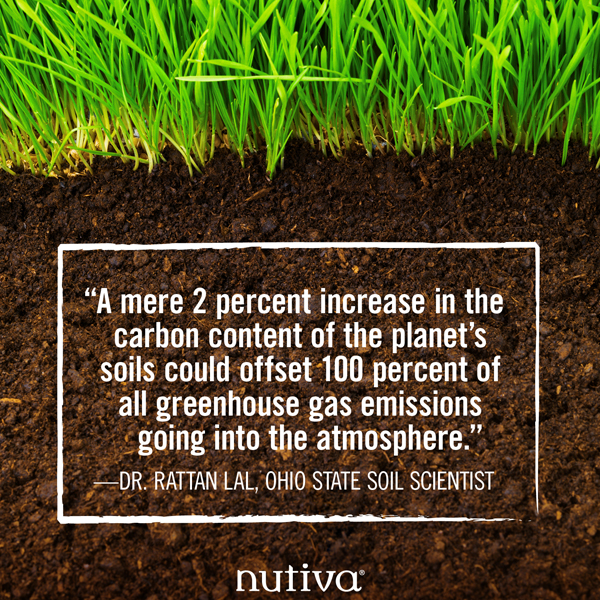Regenerative Agriculture
Regenerative Green Best Practices
Soil
It brings us food, clothing, shelter, and helps keep our water cycle healthy.
Earth's soil is also an important part of reversing global warming.
Kiss The Ground empowers people to restore soil and helps accelerate the adoption of regenerative agriculture.
○
● http://ecowatch.com/2015/01/06/regenerative-organic-agriculture/
● http://ecowatch.com/2015/01/13/regenerative-organic-agriculture-2/
We’ve severely disrupted the balance in the “carbon triad” by clearing rainforests, degrading farmland, denuding pasturelands, and burning coal and oil. The carbon triad? Yes; think of the three main carbon sinks: the atmosphere, the oceans and the humus-sphere. While I’m sure you’re familiar with the first two, you might not know about the latter carbon sink. Humus is the organic component of soil. (Gardeners create it as compost.) The humus-sphere is made up of the stable, long-lasting remnants of decaying organic material, essential to the Earth’s soil fertility and our ability to grow nutrient-rich crops.
○
● http://www.greenpolicy360.net/mw/images/Soil_Story_AnnotatedScript_2015.pdf
○
○
Carbon Storage, Soil-Based / October 3
○
● https://www.greenpolicy360.net/w/Climate_Smart_Agriculture
○
